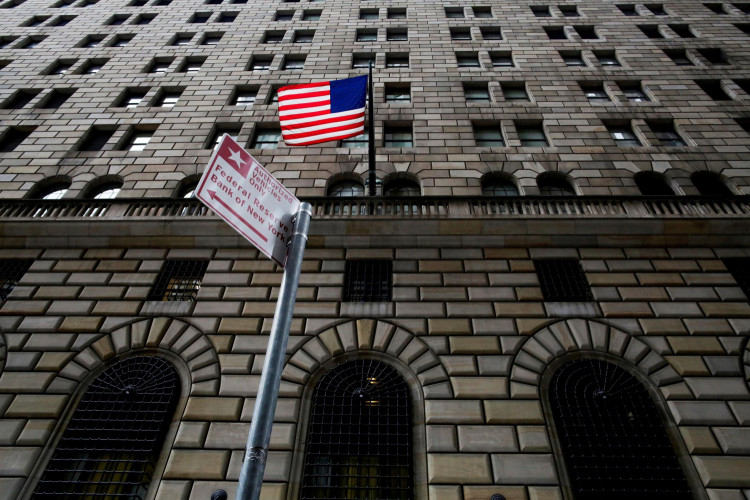Throughout the week ending March 19, mortgage rates in the United States continued to defy gravity, with fixed rates increasing for a second straight week for 30 years.
Given the continued coronavirus spread across the U.S. and risk avoidance, 30-year fixed rates increased to 3.65 percent by 29 basis points.
Investors say it felt like 2008 in the largest part of America's home finance industry of $11 trillion, albeit without the insolvencies.
The substantial volatility seen on the stock markets over the past few weeks has led some investors to use the U.S. mortgage market as a source of liquidity, driving valuations down to rates that have brought back memories of the financial crisis.
The upside over the week was due to a lack of ability to meet an even greater rise in demand for new mortgages and applications for refinancing. For yet another attempt to curb applications, lenders cranked up lending rates.
Many of them praise the Federal Reserve's swift acts last week that opened its vaults to unleash trillions of dollars, calming some of the shocks of the spreading coronavirus outbreak and its expected toll on the nation and economy.
The latest dislocation is one of the most rapid and serious that has been seen - and that is all with the backdrop that there are no solvency issues around the mortgage companies, Fannie Mae and Freddie Mac, as compared to the financial crisis experiences.
Federal regulators are requiring lenders to provide flexibility to homeowners through the mortgage giants Fannie Mae and Freddie Mac. The switch covers about half of all US home loans - the ones Fannie and Freddie have forgiven. But regulators expect rapid adoption of a similar strategy by the entire mortgage industry.
Shutdowns in various parts of the world would definitely not have helped the borrowers have faced capacity issues. The original strategy for the central bank was to purchase at least $700 billion in Treasury debt and mortgage bonds from banks, or where the majority of all home loans are bundled into securities with a government backstop.
But investors still reeling from the biggest selloff of their careers also claim that safe haven assets, including agency mortgage bonds, tend to be a selling target as investors look to accumulate cash in case of market turmoil, and the massive bond-fund outflows of last week are not yet over.
Meanwhile, economic figures took a backseat again through the first half of the month. Government measures to contain the economic impact of the ongoing health crisis on the U.S economy remained the crucial factor.






